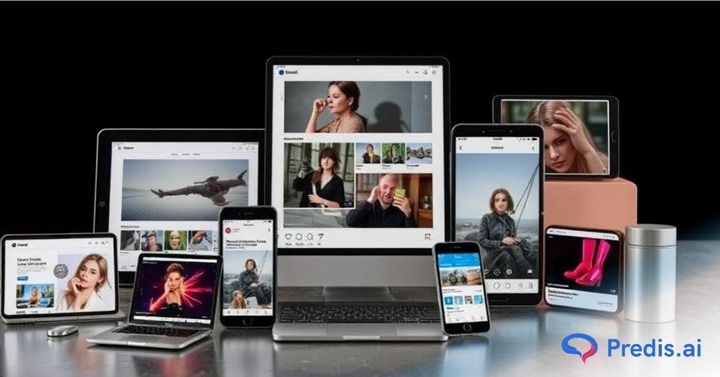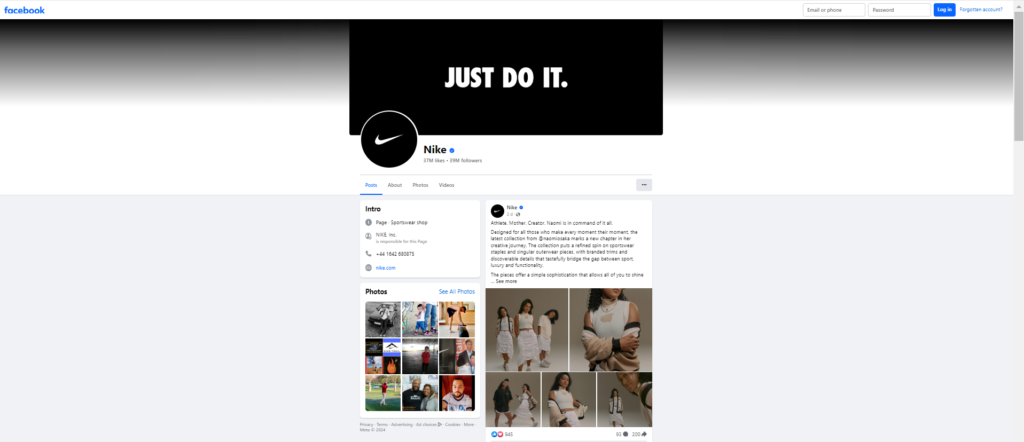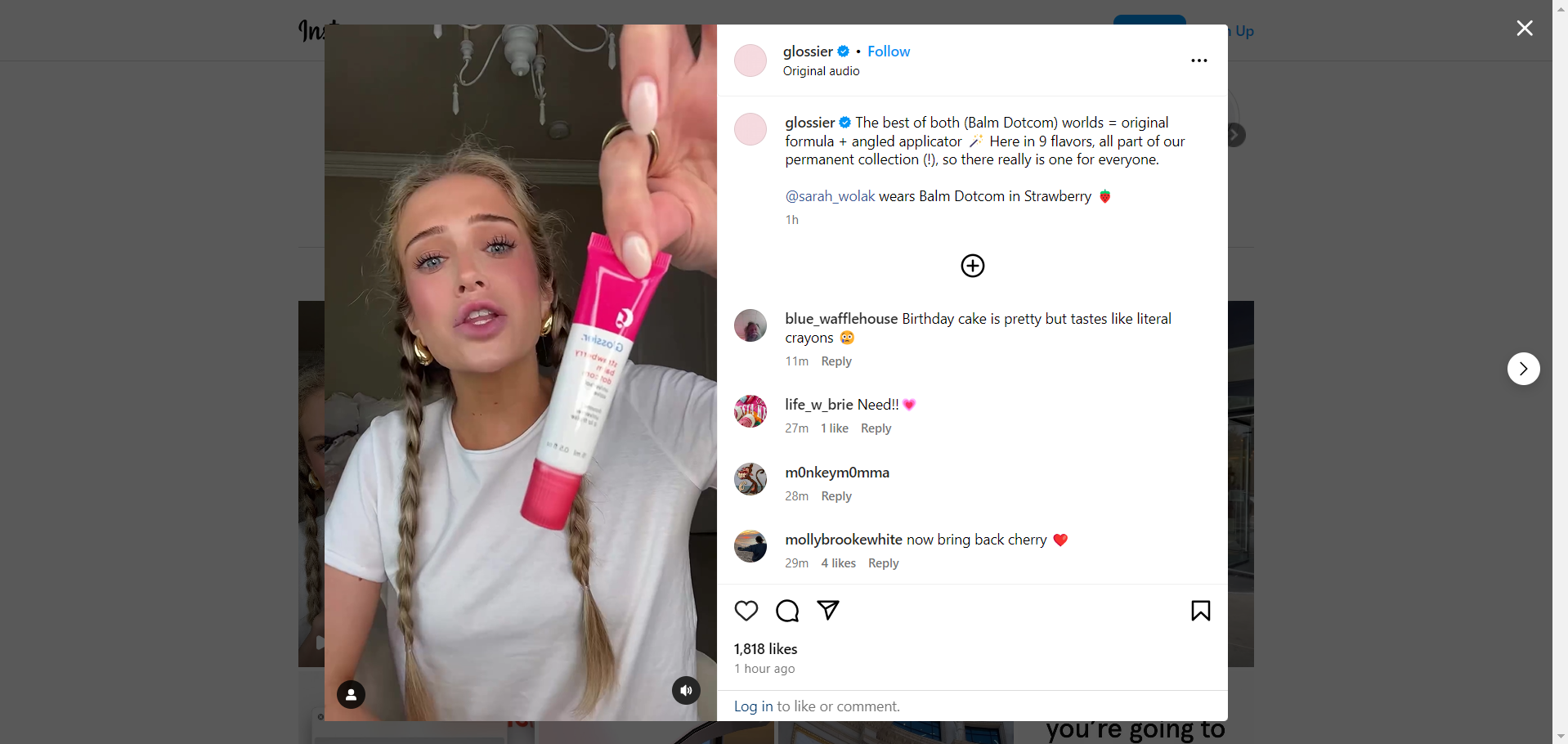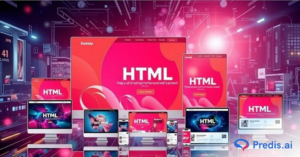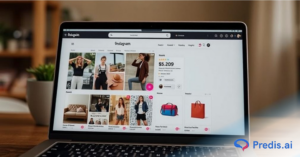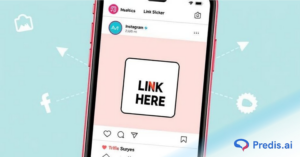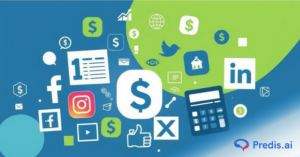Have you ever wondered how brands like Coca-Cola and Nike continue to dominate the marketing game? The secret lies in their mastery of various advertising types. In the rapidly evolving landscape of marketing, understanding the vast spectrum of advertising options is essential.
Advertising has transformed dramatically, branching from traditional methods to advanced digital strategies. This blog explores different types of ads, contrasting time-tested traditional methods with dynamic digital strategies that offer greater precision and impact.
By the end of this article, you’ll understand how to leverage each advertising type effectively, with a special focus on optimizing digital strategies to connect with your audience more effectively.
Traditional Advertising
Traditional advertising remains a foundational element of marketing strategies, utilizing long-established methods such as print, broadcast, and direct mail. Despite a decline in overall dominance, these methods continue to reach significant audiences. Print ads, for instance, still effectively target older demographics and local markets.
- TV Advertising: Nielsen reports that over half of the linear TV audience is aged 65 and older. Additionally, only a fifth of viewers are between the ages of 18 and 49, with the remaining 80% being over 50.
- Broadcast Advertising: Broadcast advertising, too, commands substantial audiences, particularly during live events like the Super Bowl, which draws over 123 million viewers.
- Direct Mail: Direct mail maintains a robust presence. It boasts an average response rate of 9% for house lists and 4.9% for prospect lists, significantly higher than email’s average response rate of about 1%.
These traditional forms are especially valuable in areas with less digital penetration and where a tangible presence adds credibility. However, they lack the advanced targeting capabilities and analytics available with digital advertising, unless you utilize tools like a dynamic QR code generator to bridge offline campaigns with measurable online engagement.
Digital Advertising
Digital advertising illustrates precision and adaptability, marking a significant shift from traditional methods. Utilizing the power of the internet, this approach delivers various formats of content across digital platforms:
- Display Ads: These graphical advertisements are placed across websites, offering conversion rates that often exceed traditional methods.
- Social Media Ads: Platforms like Facebook, Instagram, and Twitter allow for highly targeted ads based on user demographics, behaviors, and interests.
- PPC (Pay-Per-Click): This model, where advertisers pay per ad click, primarily on search engines like Google or Bing, drives direct traffic to websites through strategically bid keyword phrases.
Digital platforms transform advertising by providing unparalleled targeting options and data analytics. This ensures ads are more relevant and also cost-effective and measurable in real-time.
Social Media Advertising
Social media advertising is a pivotal component of modern digital strategies. It offers unmatched targeting and creative flexibility across various platforms. Each platform caters to specific audience segments with unique tools and environments:
- Facebook and Instagram: These platforms excel in demographic and behavioral targeting, allowing brands to deploy visually engaging ads such as images, videos, and carousels. For example, Glossier is a beauty brand that effectively uses Instagram ads to enhance brand awareness and boost sales. This has contributed to their rapid growth in the competitive beauty market and it has now become a $1.2 Billion Company.
- Twitter: Twitter enhances reach and engagement through real-time interactions, utilizing hashtags and trending topics for promotions and announcements.
- LinkedIn: LinkedIn offers targeting based on professional criteria like industry and job function. This is essential for lead generation and establishing professional brand authority.
The distinct advantages of social media platforms enable brands to execute highly targeted campaigns. This helps in engaging users and building loyalty. Ready to take your social media ads to the next level?
Use Predis.ai to craft compelling ads that resonate with your audience and deliver measurable results.
Search Engine Advertising
Search Engine Marketing (SEM) enhances a website’s visibility on search engine results pages (SERPs) through paid advertising, primarily using platforms like Google Ads and Bing Ads. SEM employs keyword-driven strategies where advertisers bid on terms that users search for, aligning ads with user intent and relevance.
An example of SEM’s effectiveness is Wayfair’s use of Google Ads. Wayfair focused on highly specific keywords related to home goods and furniture, which increased their visibility and also attracted highly motivated shoppers.
This targeted approach helped Wayfair achieve a significant boost in both traffic and sales. According to a case study from Google, Wayfair saw a measurable increase in revenue and an improved return on advertising spend.
Content Marketing
Instead of constantly pushing sales messages, content marketing uses valuable and interesting content to attract a specific group of people. This builds trust and keeps your brand in their mind, making them more likely to choose you when they’re ready to buy.
It avoids using overt calls-to-action or sales pitches. Instead, it provides content that educates, entertains, or informs the audience. This could include blogs that delve deep into subjects of interest, videos that explain complex processes in engaging ways, or infographics that distill data into digestible visuals. By offering content that is genuinely useful, businesses can build trust with potential customers.
Influencer Marketing
Influencer marketing is a strategy that leverages the substantial followings and credibility of influencers across social media platforms. This approach taps into the authentic connections influencers have with their audiences, offering a level of engagement that traditional advertising struggles to achieve. Influencers’ endorsements, perceived as genuine and trustworthy, can significantly amplify a brand’s visibility and influence consumer behavior.
92% of consumers trust earned media, such as recommendations from influencers, which is more than traditional advertising methods. This trust translates into higher engagement rates and conversion potential.
For example, the fashion brand, Revolve attributes much of its success to influencer partnerships. These partnerships have consistently delivered a higher return on investment compared to other marketing channels. Their strategy involves collaborating with influencers on exclusive fashion lines, generating extensive social media buzz and direct sales through platforms like Instagram.
Conclusion
As we’ve explored the various advertising methods, from traditional to digital, the advantages of digital advertising are unmistakable. Digital platforms offer precision, scalability, and measurable results. It allows marketers to delve deep into demographics, interests, and behaviors. It excels in creating interactions that are relevant and deeply engaging.
Embrace the digital revolution in advertising with Predis.ai. This tool equips you to craft campaigns that resonate deeply with your target audience, ensuring each campaign is truly impactful. Dive into the diverse world of digital advertising options available today and start crafting campaigns that meet the modern consumer’s needs. Sign up for a free account today!
Related Content,
How to Identify and Minimize Ad Fatigue? What is it?


